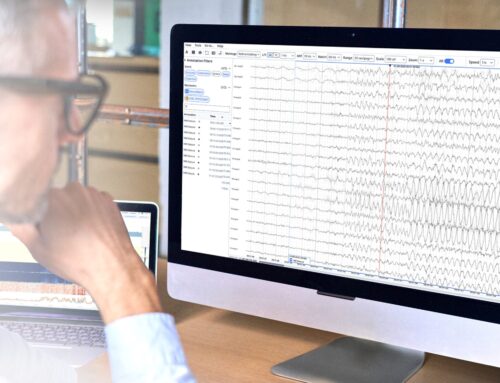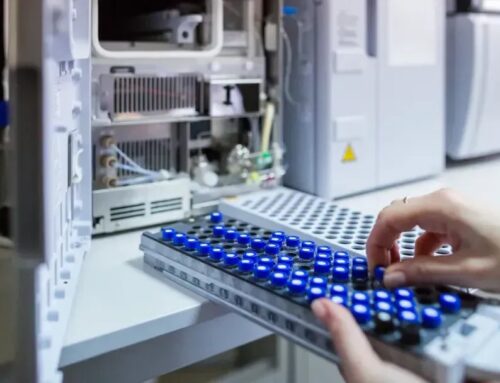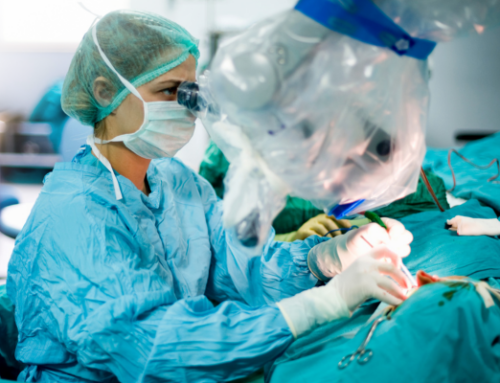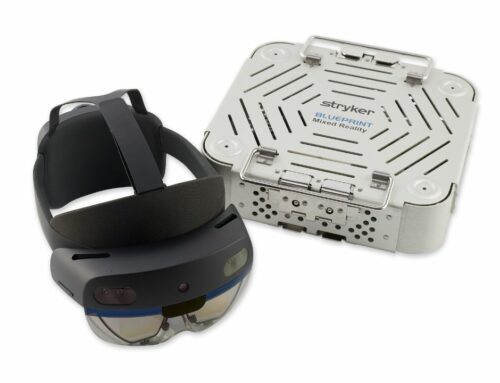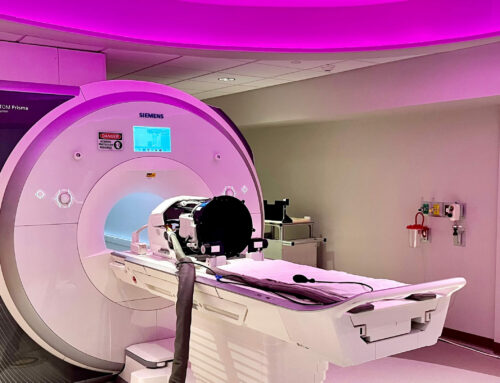By Paul de la Port, CEO of Omni CleanAir |
On July 6, 2020, 239 scientists sent an open letter to the World Health Organization (WHO) calling the agency to revise its statements on the transmission of COVID-19. The virus, they said, is not merely transmitted through large respiratory droplets that immediately fall to the floor—as the agency had thought—but also through much smaller droplets that permeate the air. That means when people walk into a room previously occupied by an infected person, whether they are six, 12, or 18 feet apart from each other frankly matters very little. Social distancing will not keep us safe when the virus spreads via particles 10,000 times smaller than a human hair that can be suspended in the air for hours and travel up to 30 feet.
It’s normal for public policy to lag behind the best available science. Remember how long it took us to implement adequate safety regulations to rid buildings of asbestos? New scientific insights on important problems for our health and well-being are first shared in academic papers. They are then picked up by popular science journalists, whose reports find their way into the mainstream media and trade magazines like this one. Then they stir public opinion and, finally, push policymakers to take action.
This time around, we simply don’t have the time to wait for the normal process to unfold. 500,000 people have died in the United States thus far and, sadly, we expect to lose many thousands more in the coming months.
Did you know that Americans spend on average 90 percent of their time indoors, where the concentrations of some pollutants are two to five times higher than typical concentrations (source: EPA)? The importance of indoor quality has been known for decades, yet so little has been invested. Such invisible problems are often ignored and it’s to our detriment. When will enough be enough?
Worse, this is a country of aging buildings. In 2012, the median age of the commercial building stock nationwide was 32 years (source: EIA). In 2021, this hasn’t changed. Our buildings were built to be as energy-efficient as possible, which is a good thing in and of itself, but the result is that they were designed to keep INSIDE as much as possible! Therein lies the dilemma: recirculating inadequately filtered or ventilated air makes indoor air more dangerous. This pandemic has proved to us just how dangerous it can be.
It’s true that facilities and building administrators can, and often do, upgrade existing HVAC configurations and settings, but this is only part of the solution. As with any complex problem, the answer is complex—with some decisions requiring tradeoffs. Can my HVAC system run continuously while a building is occupied? Can it handle the “beefed-up” filtration required to improve air cleaning? Is it enough protection? Will I be able to convince my staff and customers that it’s now safe to enter? The answer to these questions is a resounding “maybe?”
Now what?
Upgrading HVAC systems can be daunting, slow, and expensive. Thankfully, there is a better way. We can look to tried-and-true technology. Professional (not consumer grade) portable, medical HEPA and UVC units are powerful tools to address inadequate ventilation and indoor air safety (see for example this CDC recommendation on indoor air ventilation). They’re also remarkably practical and affordable. With decades of track record and improvement, they certainly don’t need fancy marketing buzzwords or pandemic fear-mongering. They just work.
A professional air cleaning system, whether it’s portable or built-in, will change the air at least six times an hour. In extremely crowded environments, more systems may be needed to achieve appropriate air changes per hour. Modular, portable solutions can help make this easier. For infection control at hospitals, the air is changed at least 12 times an hour, but their need is more a function of the viral dose of their occupants than of the sheer number of people inside. It does not hurt to change the air a bit more often than strictly needed. But changing the air less than six times an hour will hardly move the needle; it simply won’t clean the air fast enough to fight this or any other airborne virus. At that point, building administrators are probably better served to save their money and simply require everyone to wear N95 masks.
Air purification systems form part of engineering controls that are not only very efficient in keeping the air clean, but are also dependable. They do not get distracted, or sloppy. They do not ignore guidelines. Machines are simply switched on and run continuously. They flank, but don’t replace, all the other common risk-mitigation factors in place today. Even in a building where the air is being treated, it is still recommended that people mask and socially distance, as these precautions are yet another layer that protects us from the risks of close contact with large infectious particles.
If schools, businesses, and government agencies want their students, workers, and staff back anytime soon, they will have not only to create safe conditions, but also to have solutions in place that are visible. Obvious measures that improve indoor air quality will reassure anyone who enters a building that they are secure. Portable air purifiers are such a measure that says, “We’re doing everything we can to keep you safe.”
We need to keep our people healthy, our buildings healthy, and our communities healthy. Portable, professional-grade air cleaning systems are a powerful tool to help us achieve this. Although this pandemic is our most urgent crisis, if there’s a silver lining, it’s that we’ve gotten a lot smarter about why indoor air safety matters. Cleaning air is the next, common-sense hygiene habit—like hand washing and wearing seat belts—that we urgently need to adopt.
Paul de la Port, CEO of Omni CleanAir, has been delivering commercial-grade air purification systems to eliminate airborne illnesses in office buildings, schools, hospitals, and nuclear power plants for more than 35 years. More info at www.omnicleanair.com.


